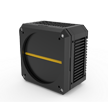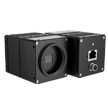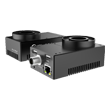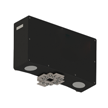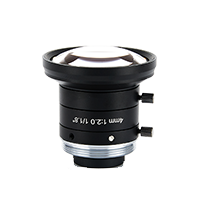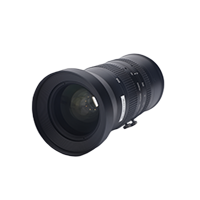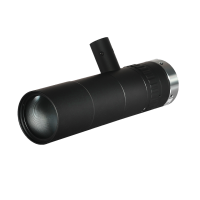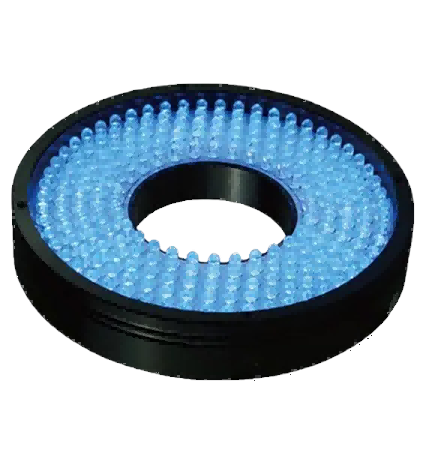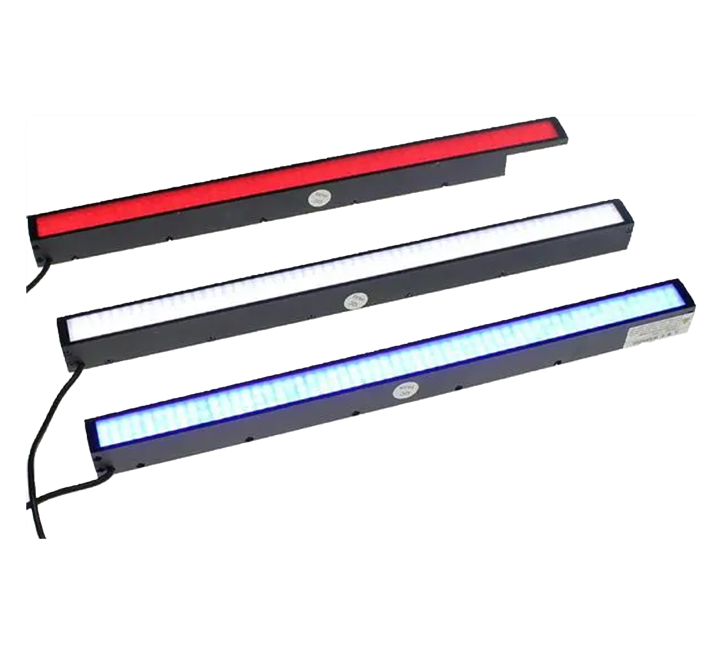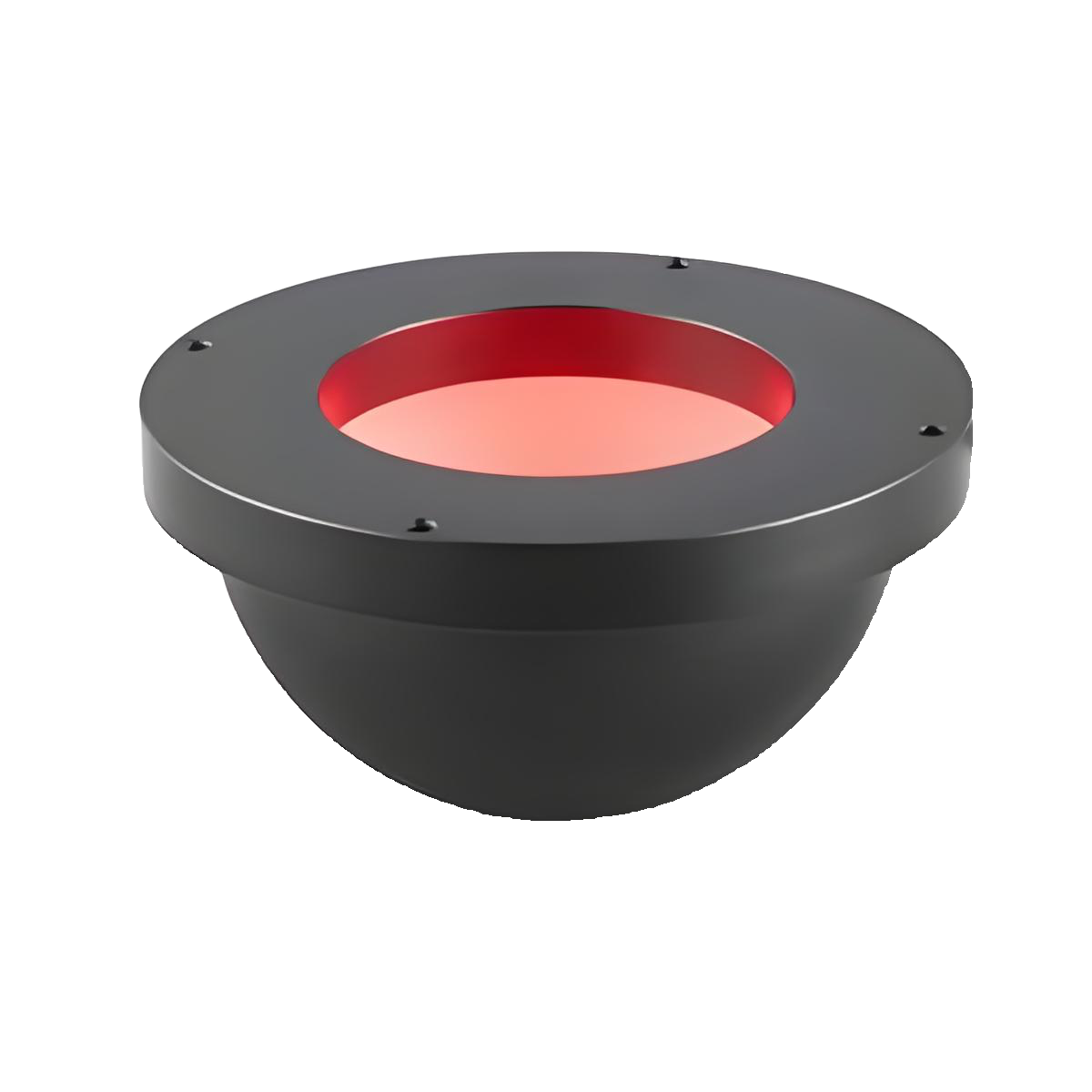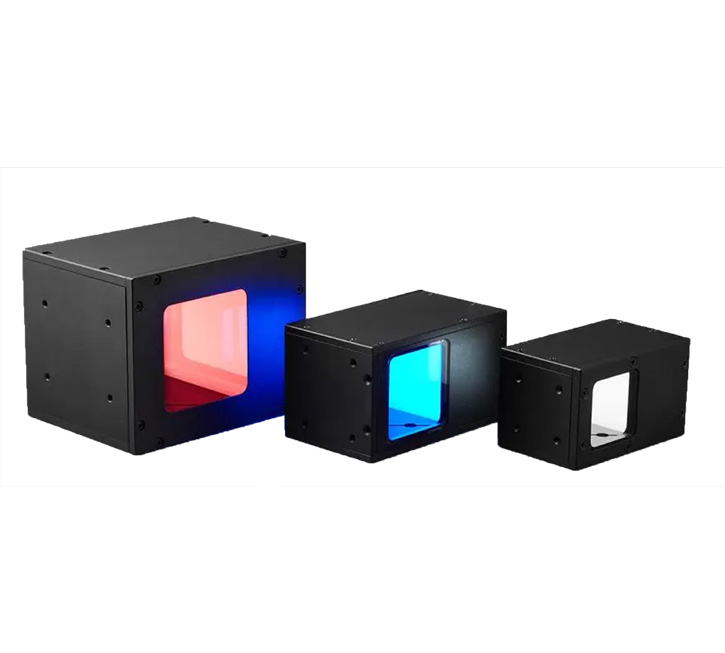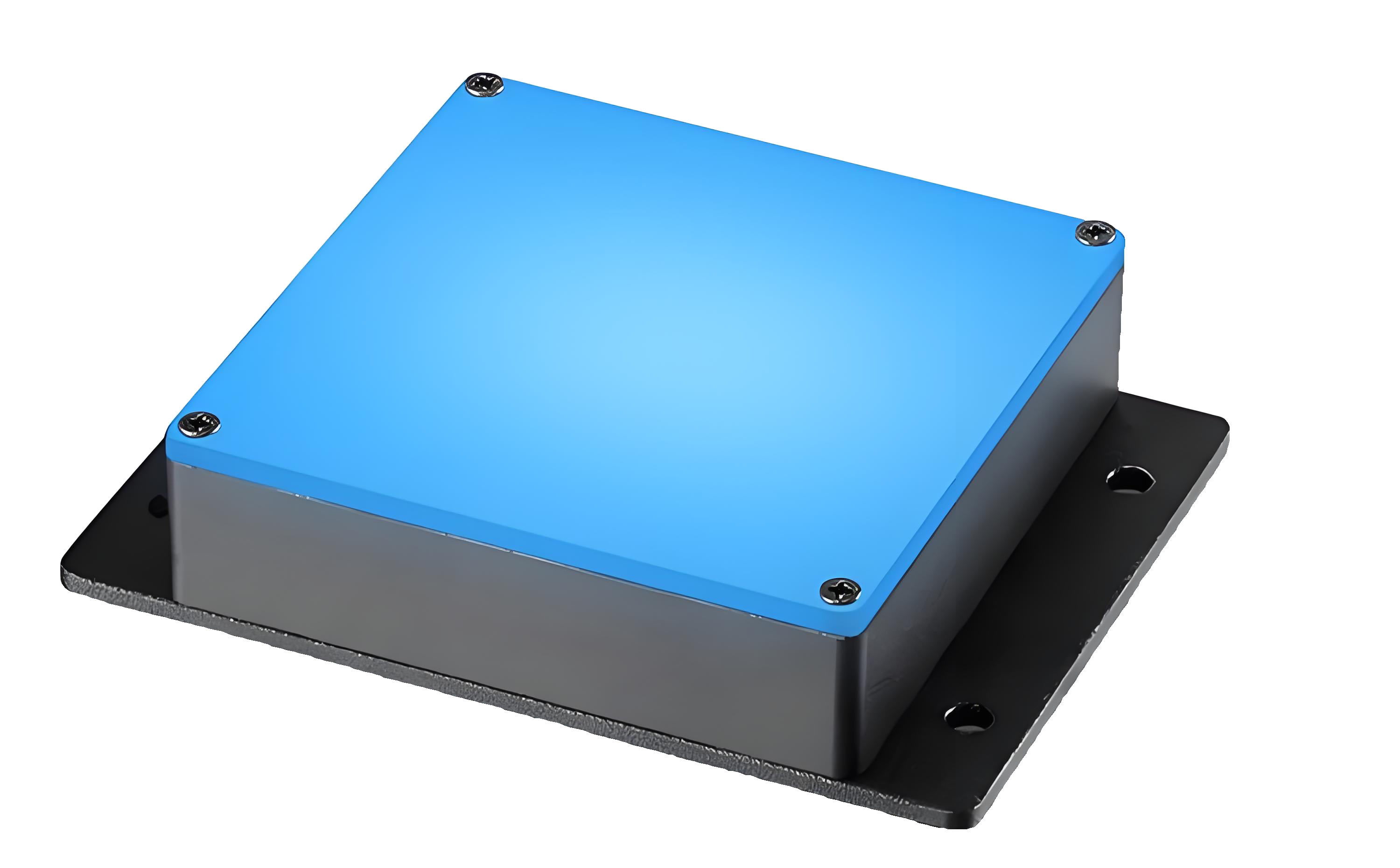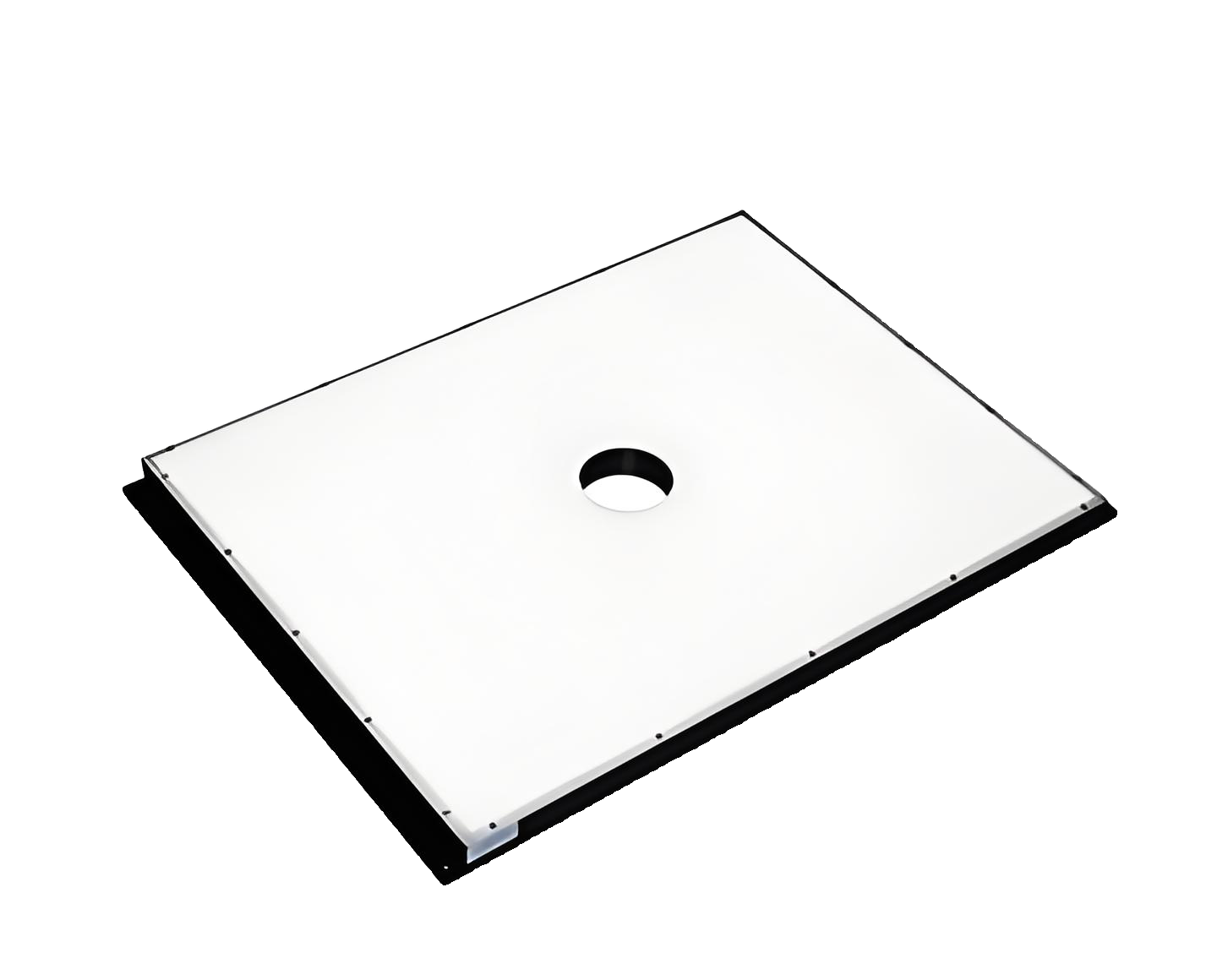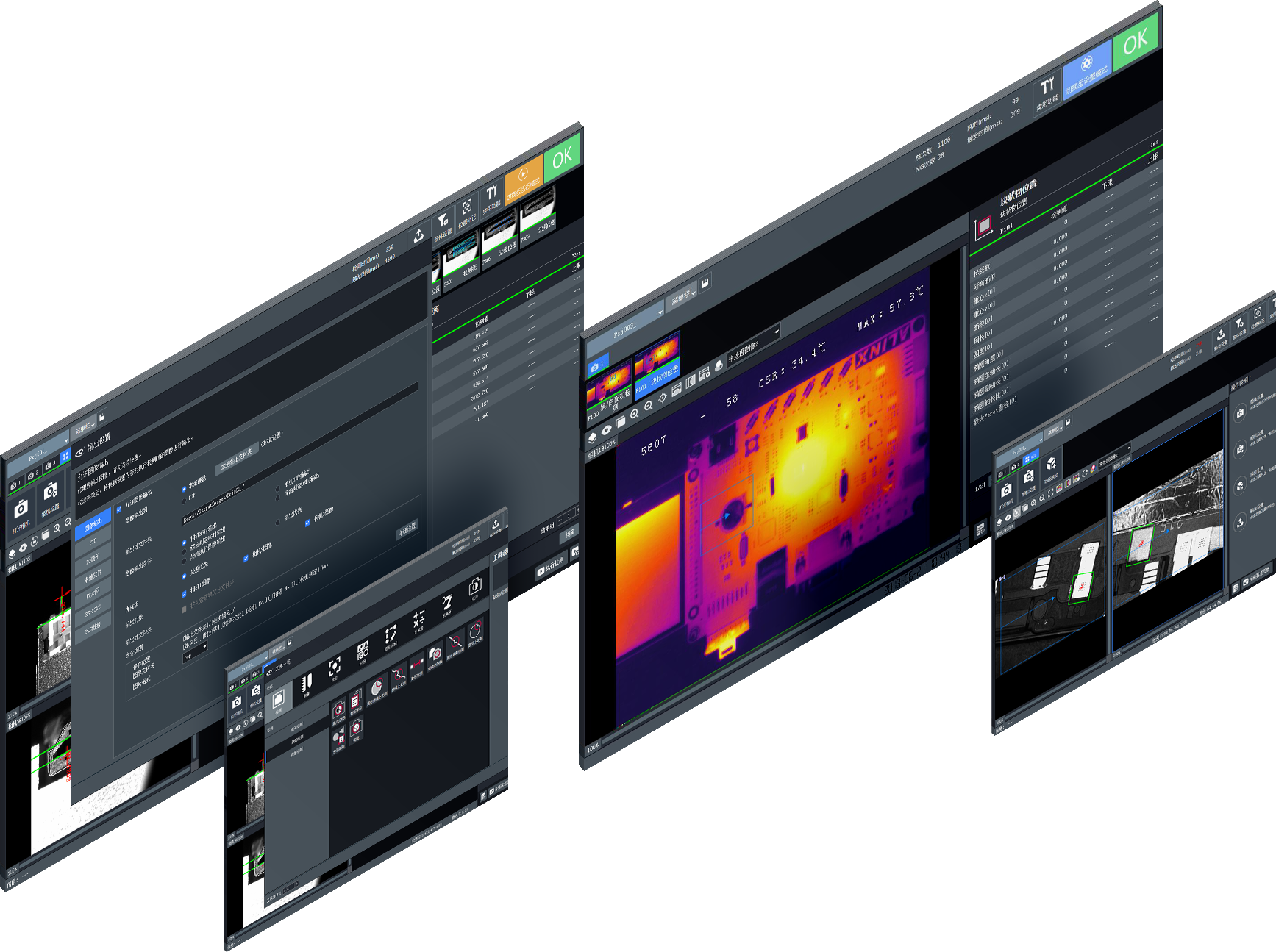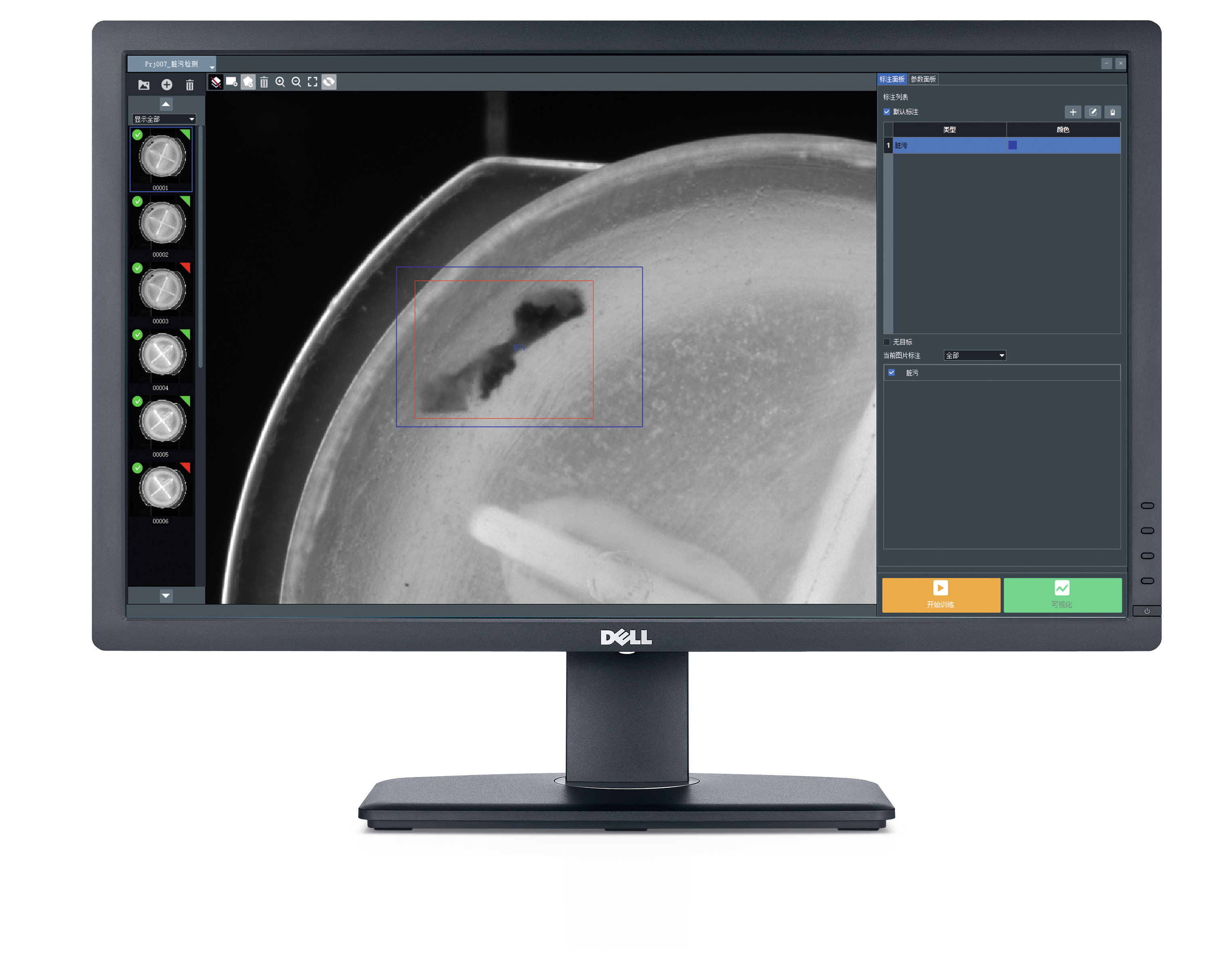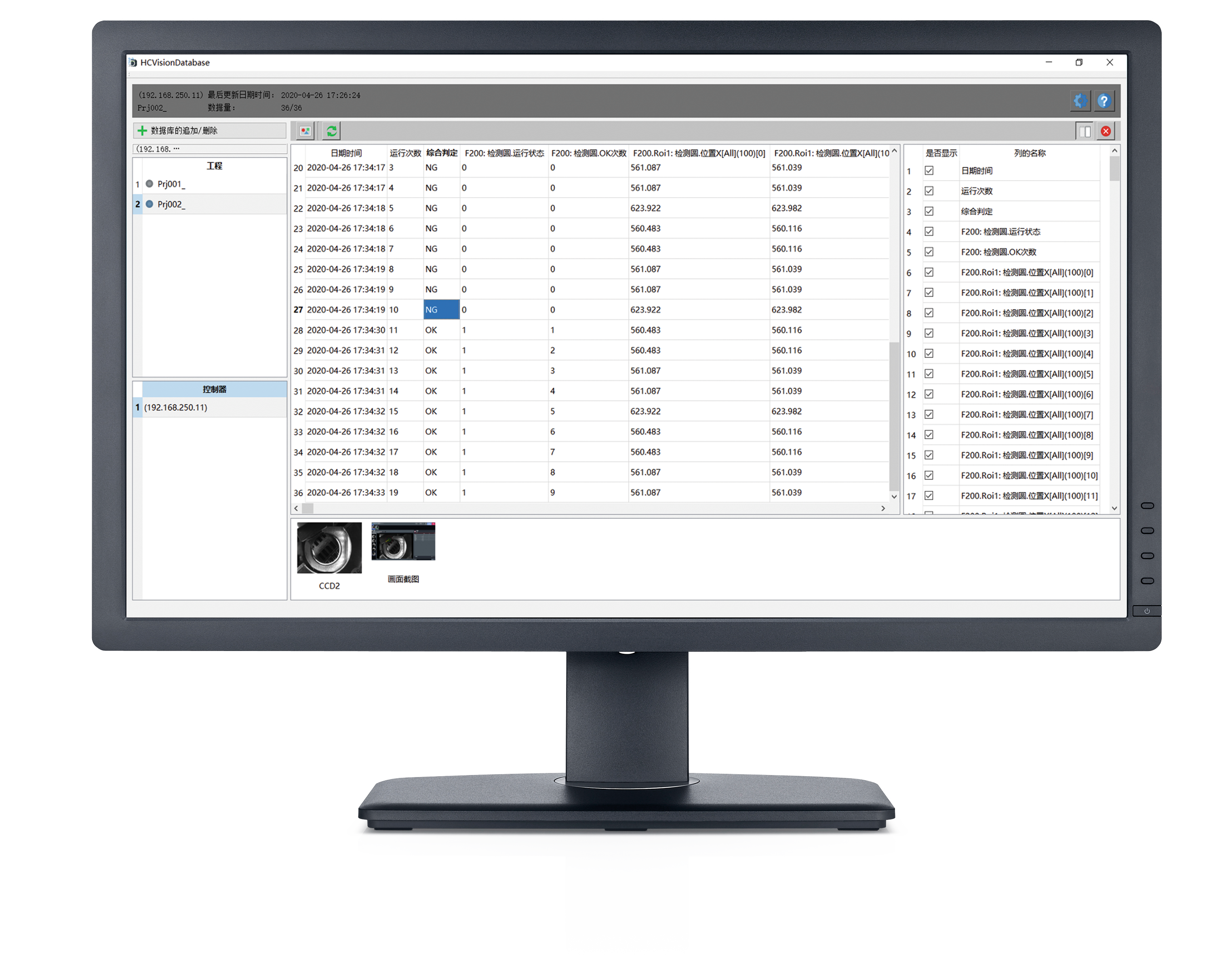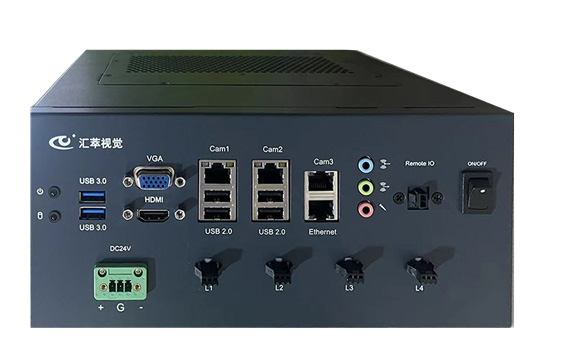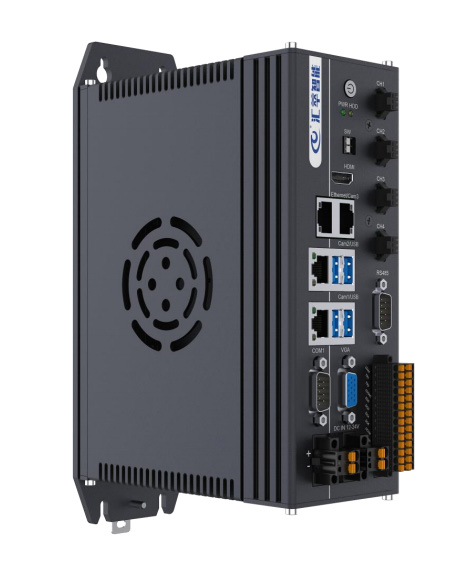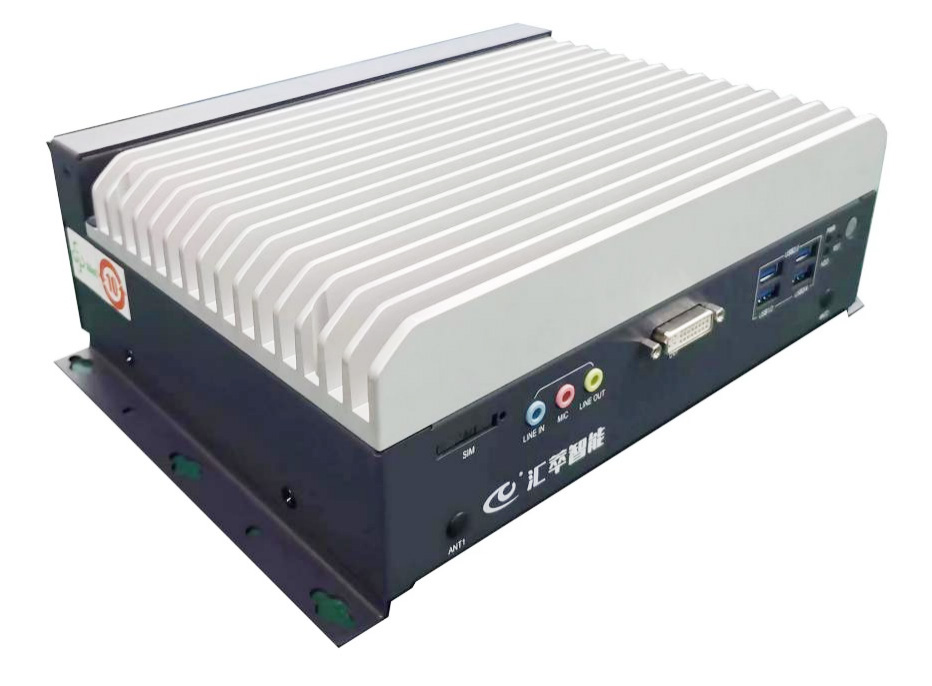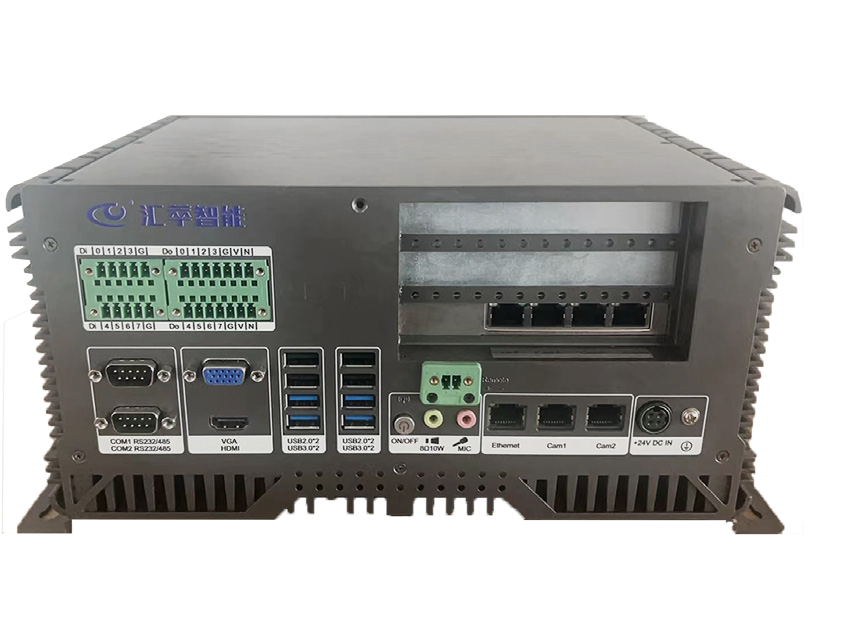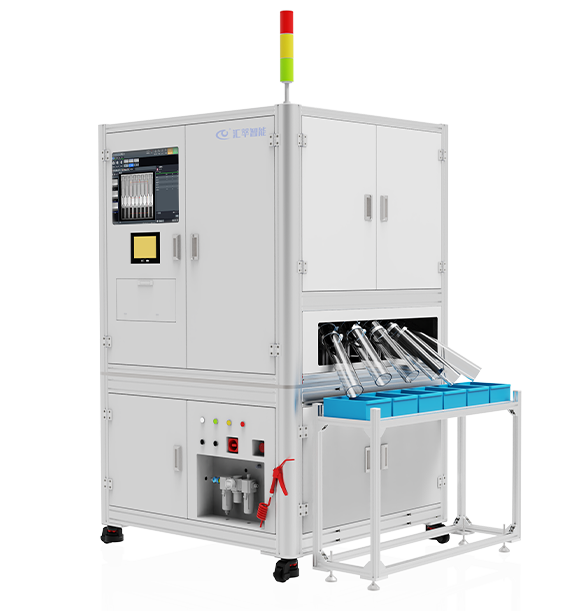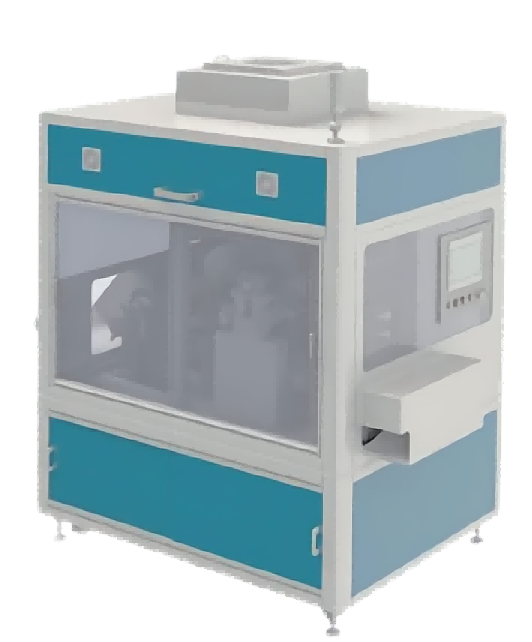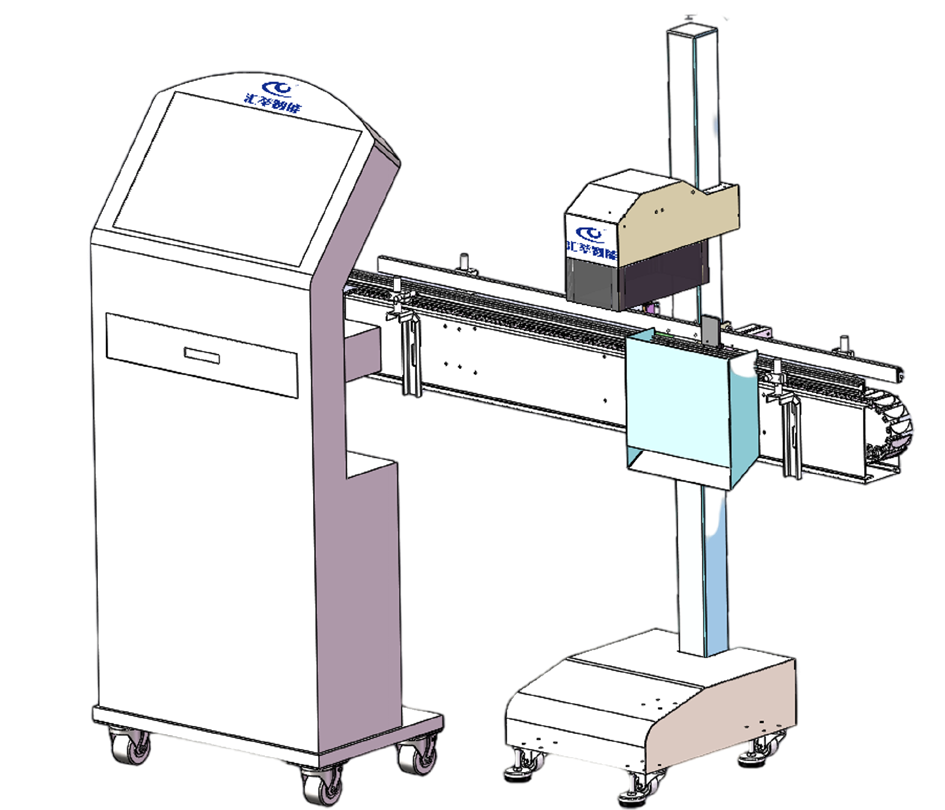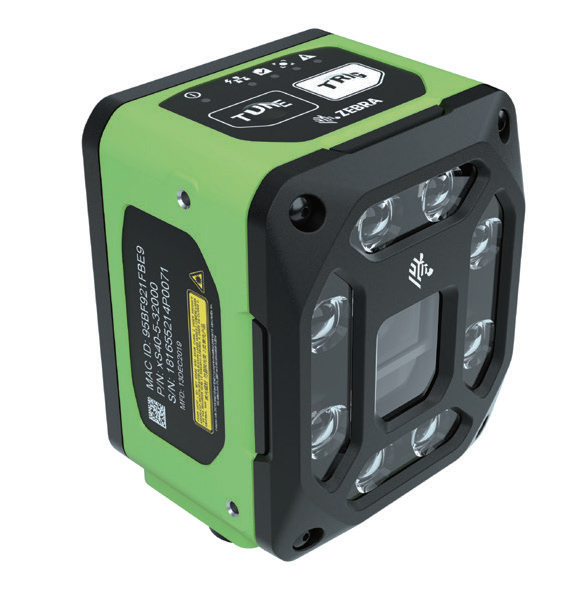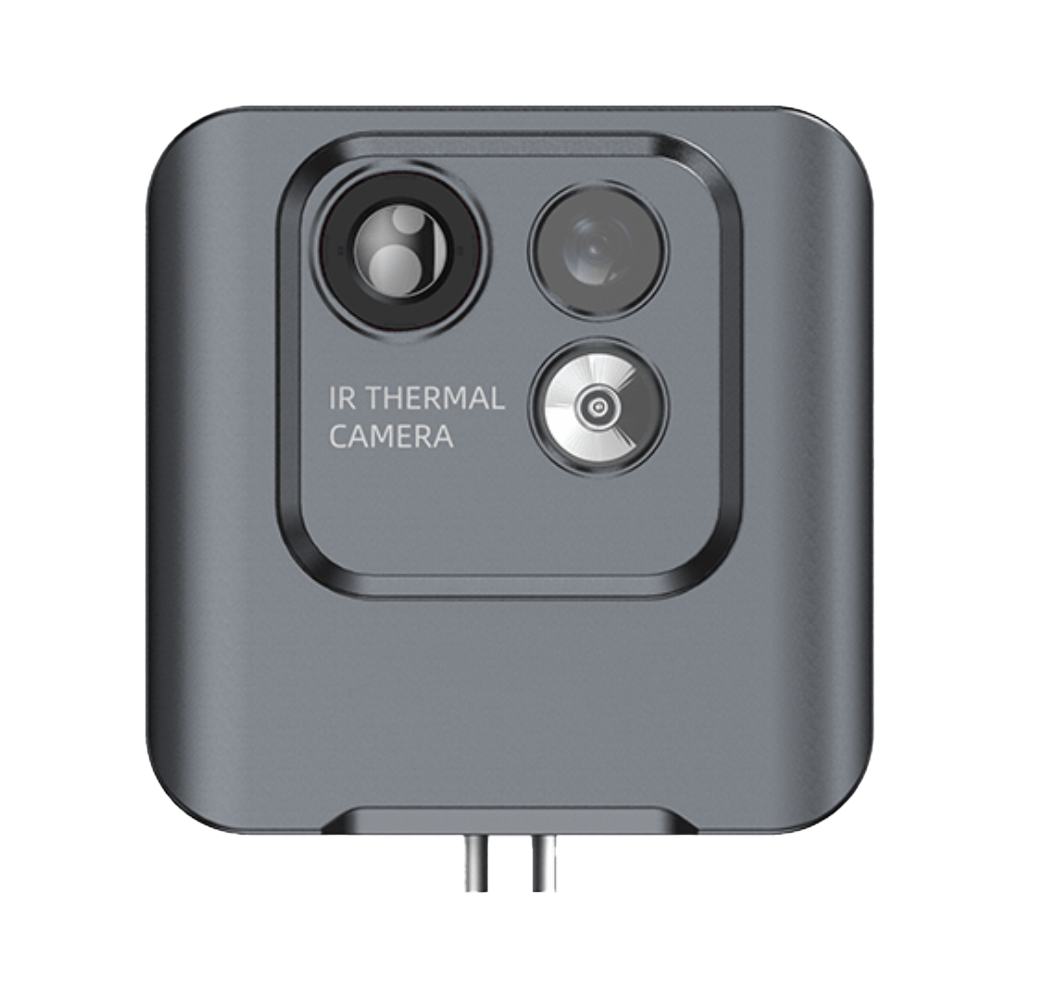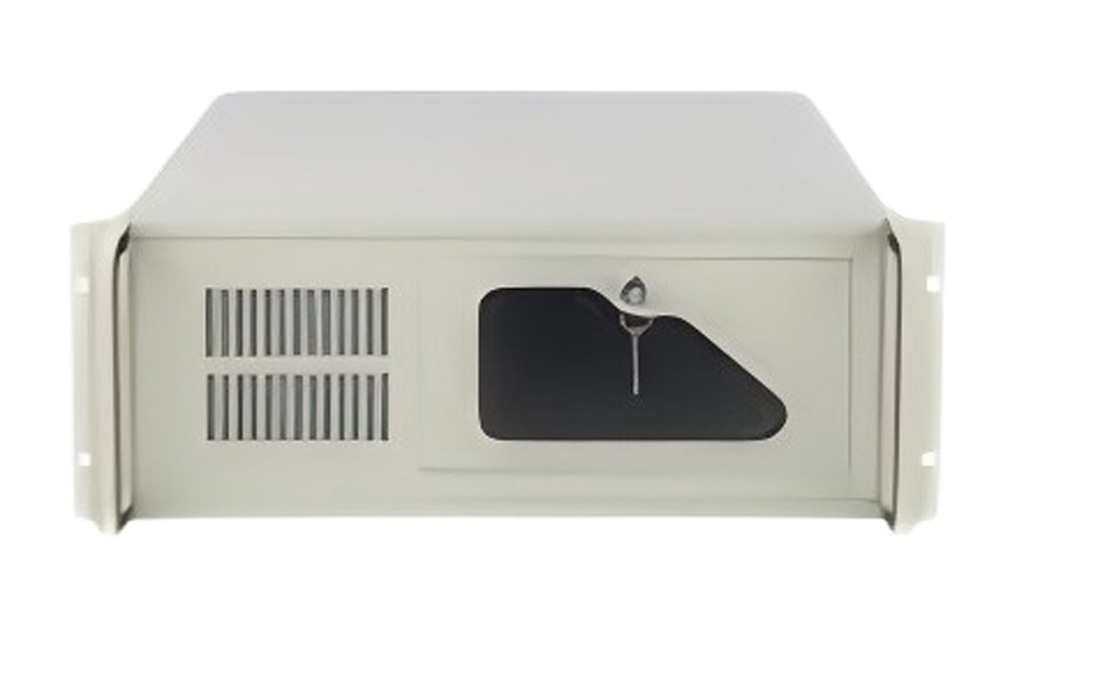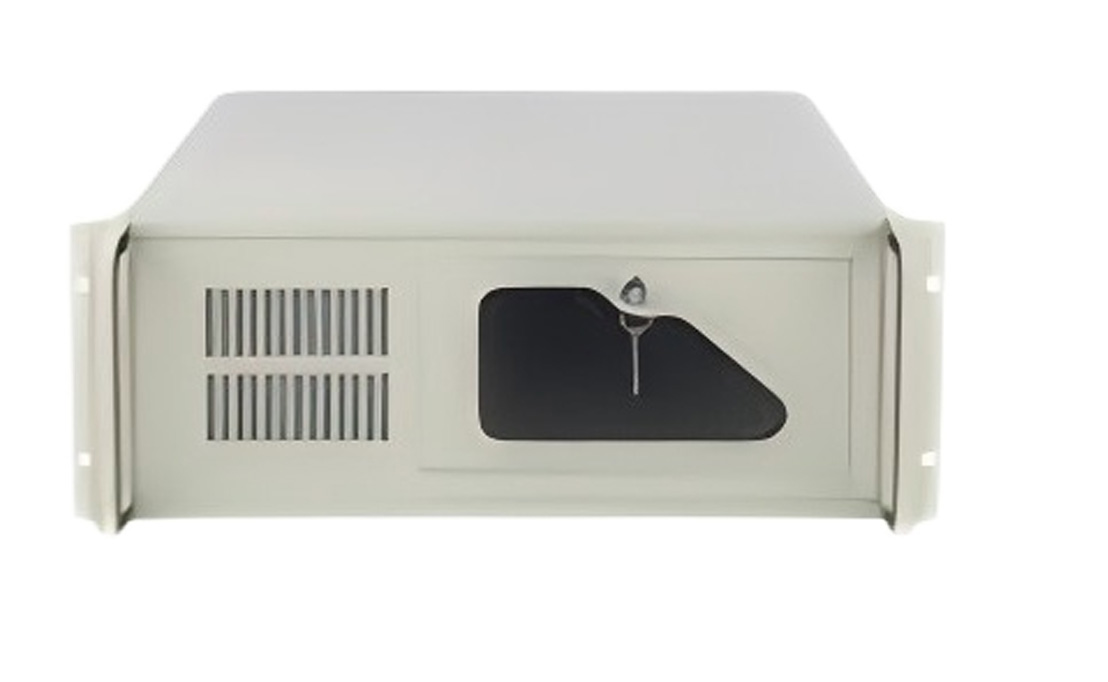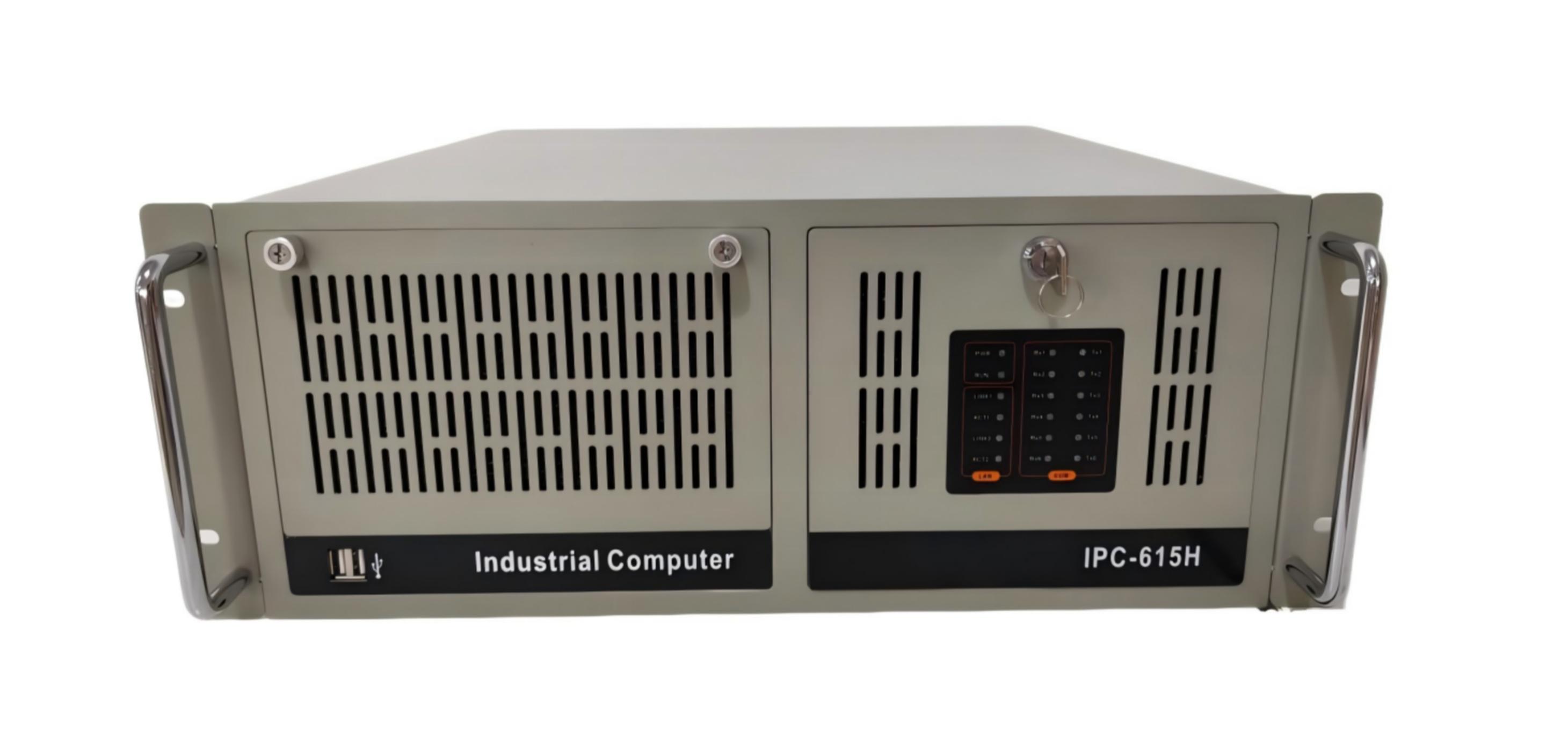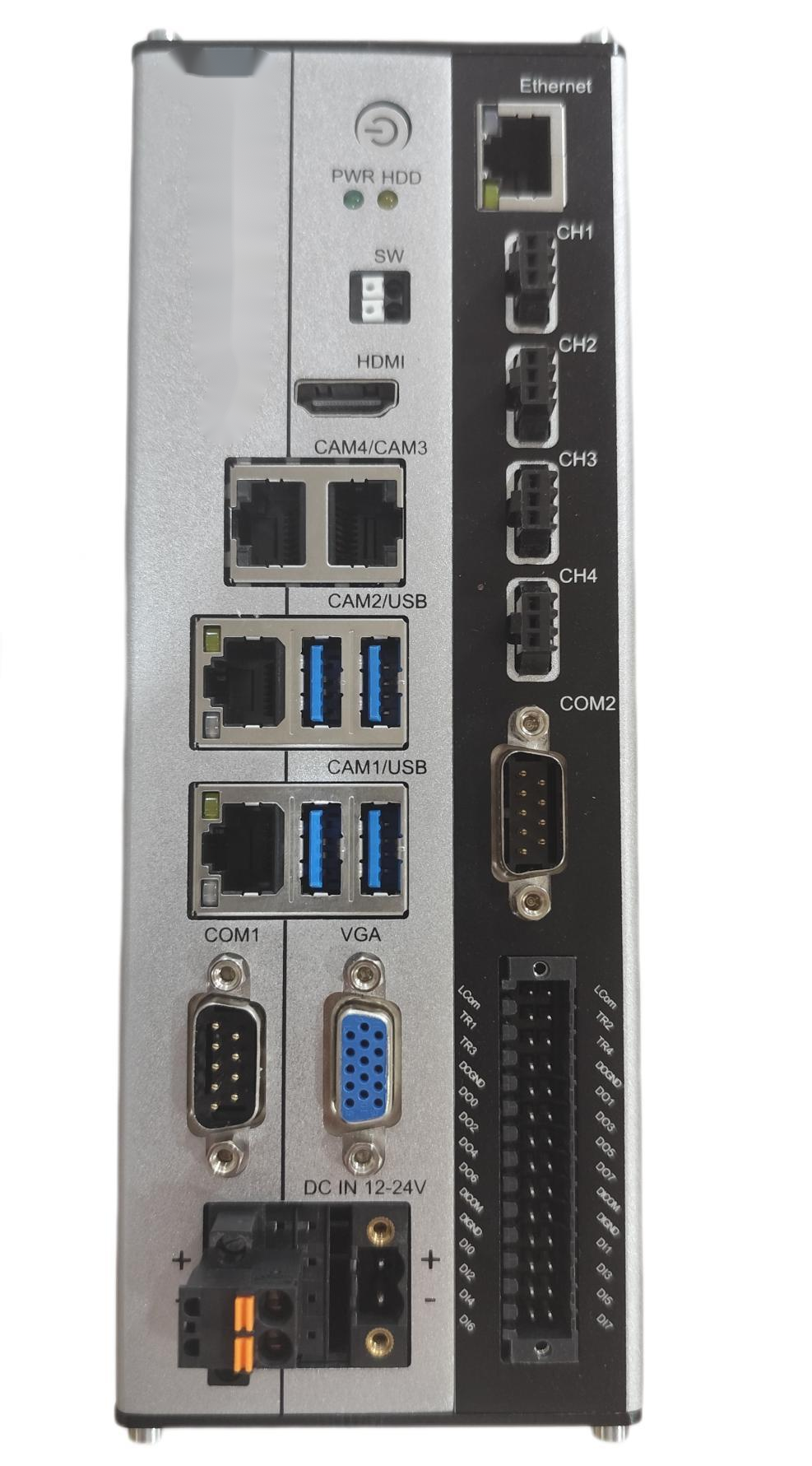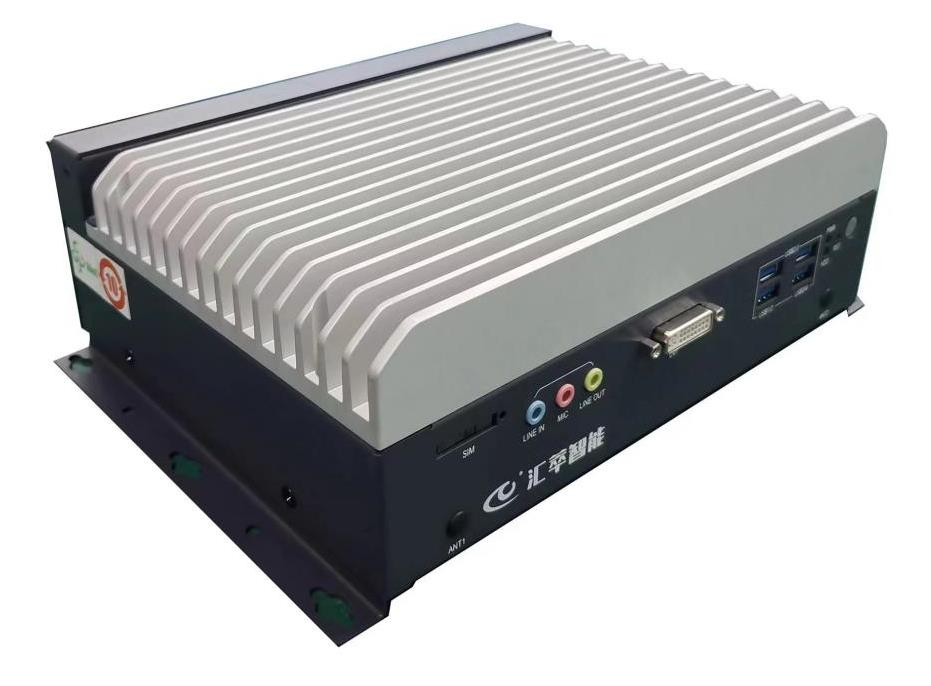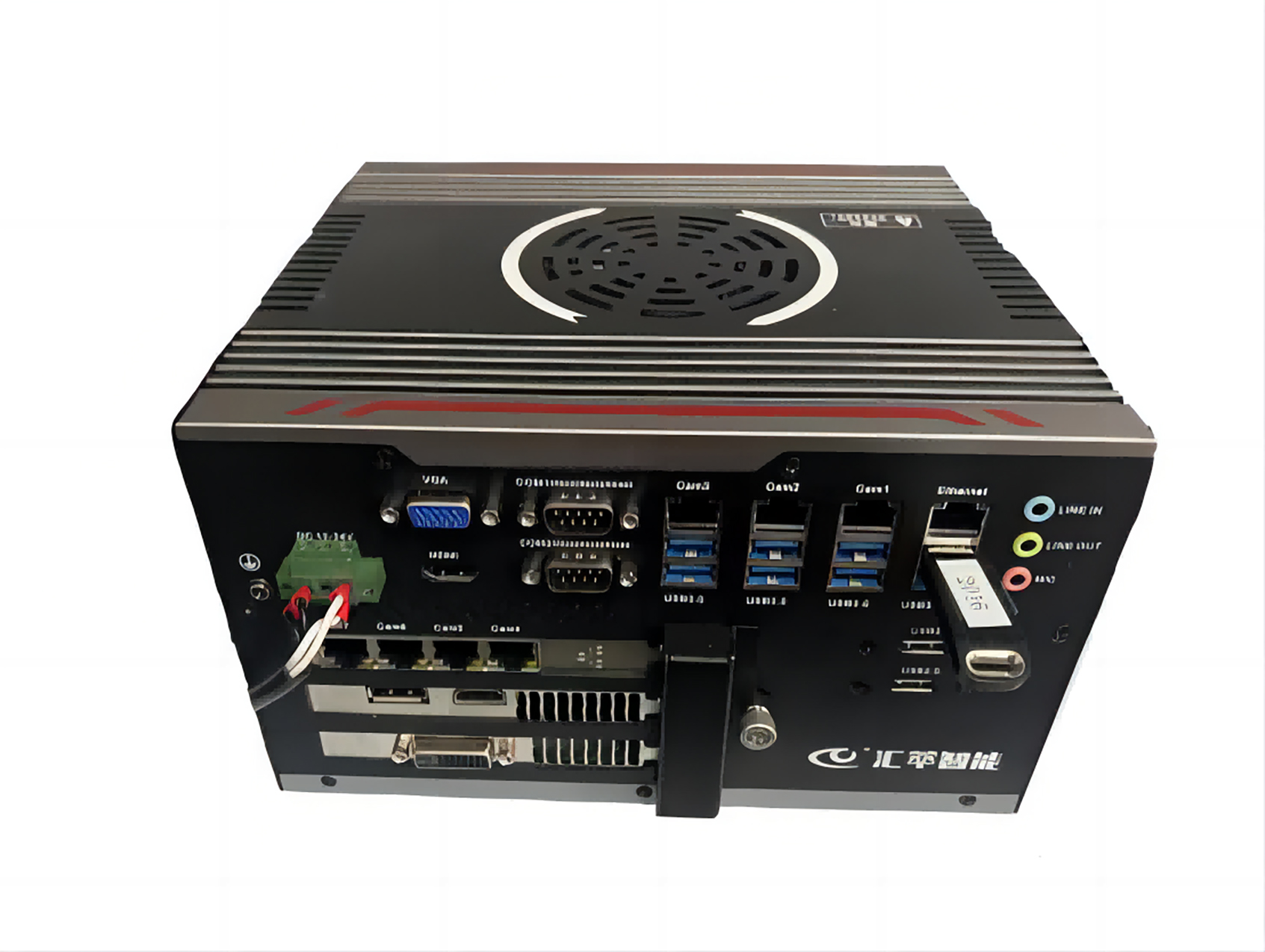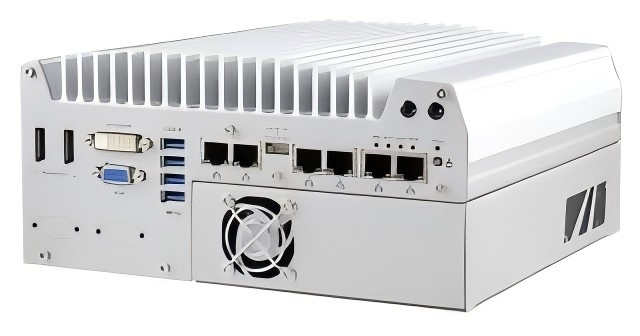
As technology advances, smart homes have become a cornerstone of modern living. By integrating machine vision into smart home systems, we unlock unprecedented efficiency, convenience, and comfort. This article explores how machine vision is reshaping our living spaces, creating safer environments, optimizing daily routines, and paving the way for a brighter future.
Smart homes leverage artificial intelligence (AI) and interconnected devices to automate and enhance household environments. Among the key technologies driving this revolution, machine vision stands out—enabling systems to see, interpret, and respond to their surroundings through advanced image processing and pattern recognition.
At the heart of machine vision lies visual recognition technology, which identifies and classifies objects within a home environment. For instance, smart cameras equipped with facial recognition can distinguish family members from strangers, enabling personalized automation and security.
Machine vision transforms home security with precision and intelligence. Facial recognition-enabled smart doorbells grant access only to authorized visitors, while AI-powered cameras detect unusual activity in real time. These systems not only deter intruders but also send instant alerts to homeowners, ensuring peace of mind.
Smart lighting systems use machine vision to analyze ambient light levels and occupancy. They automatically adjust brightness and color temperature to match natural circadian rhythms, enhancing comfort while reducing energy waste.
From refrigerators to televisions, machine vision brings appliances to life. A smart fridge can scan its contents, track expiration dates, and even suggest recipes based on available ingredients. Meanwhile, AI-driven TVs learn viewing preferences to curate personalized entertainment.
Smart curtains integrate machine vision to optimize natural light. They open at sunrise to welcome daylight and close at dusk for privacy, balancing energy efficiency and comfort without manual intervention.
Voice-controlled smart speakers now "see" their environment. By analyzing room acoustics and occupancy, they fine-tune audio output for optimal sound quality, whether for a lively party or a quiet evening.
Machine vision, combined with sensors, ensures ideal indoor conditions. Systems detect air quality issues, triggering purifiers instantly, or monitor humidity to activate dehumidifiers—safeguarding health while maintaining comfort.
A central AI hub acts as the brain of the smart home, coordinating all connected devices. Machine vision enables intuitive control via gestures or facial recognition, streamlining management of security, lighting, and appliances.
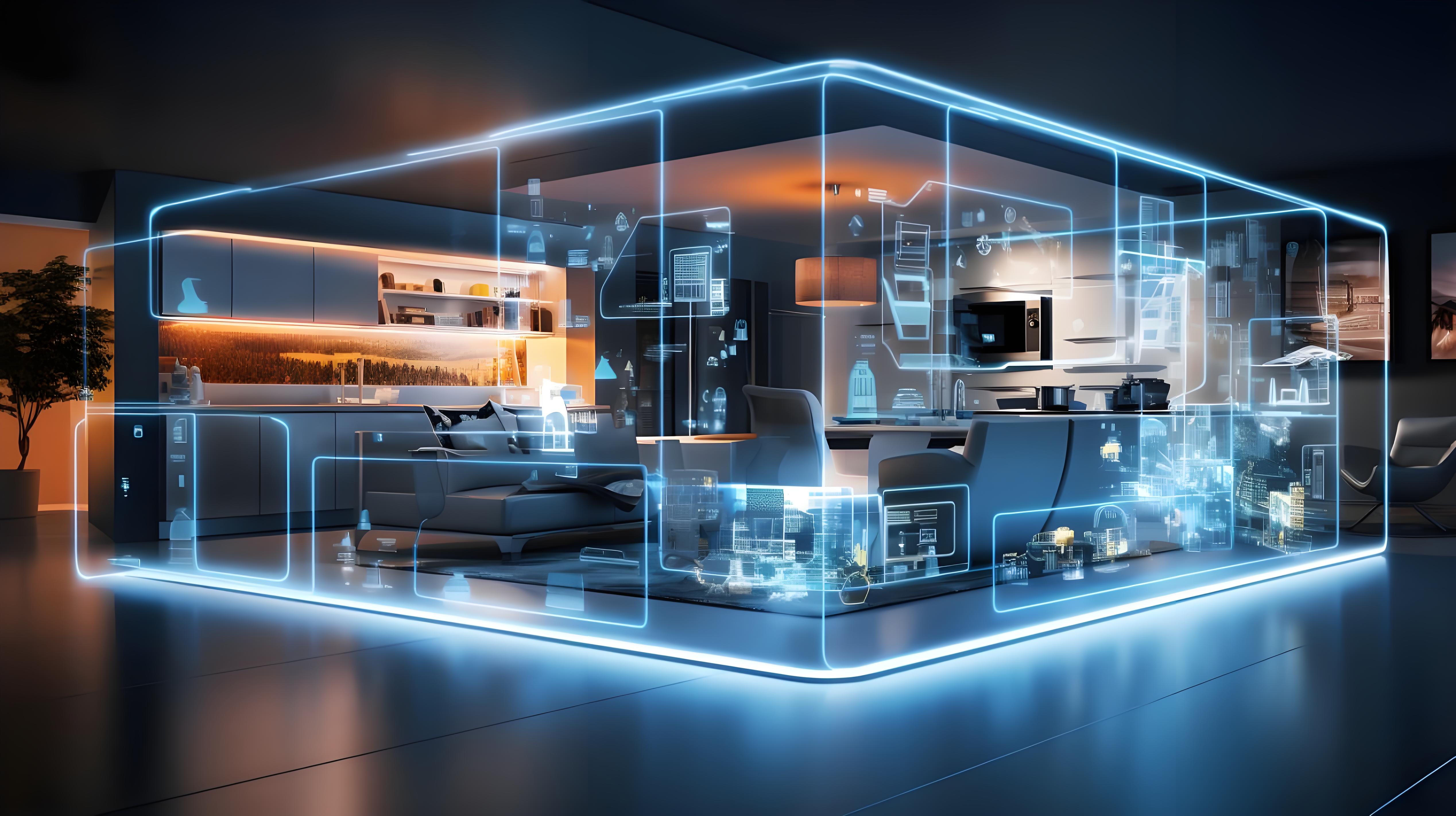
As machine vision evolves, its role in smart homes will expand. Future advancements may include emotion recognition for personalized ambiance or predictive maintenance for appliances. With AI and 5G accelerating innovation, homes will grow more adaptive, sustainable, and user-centric.



